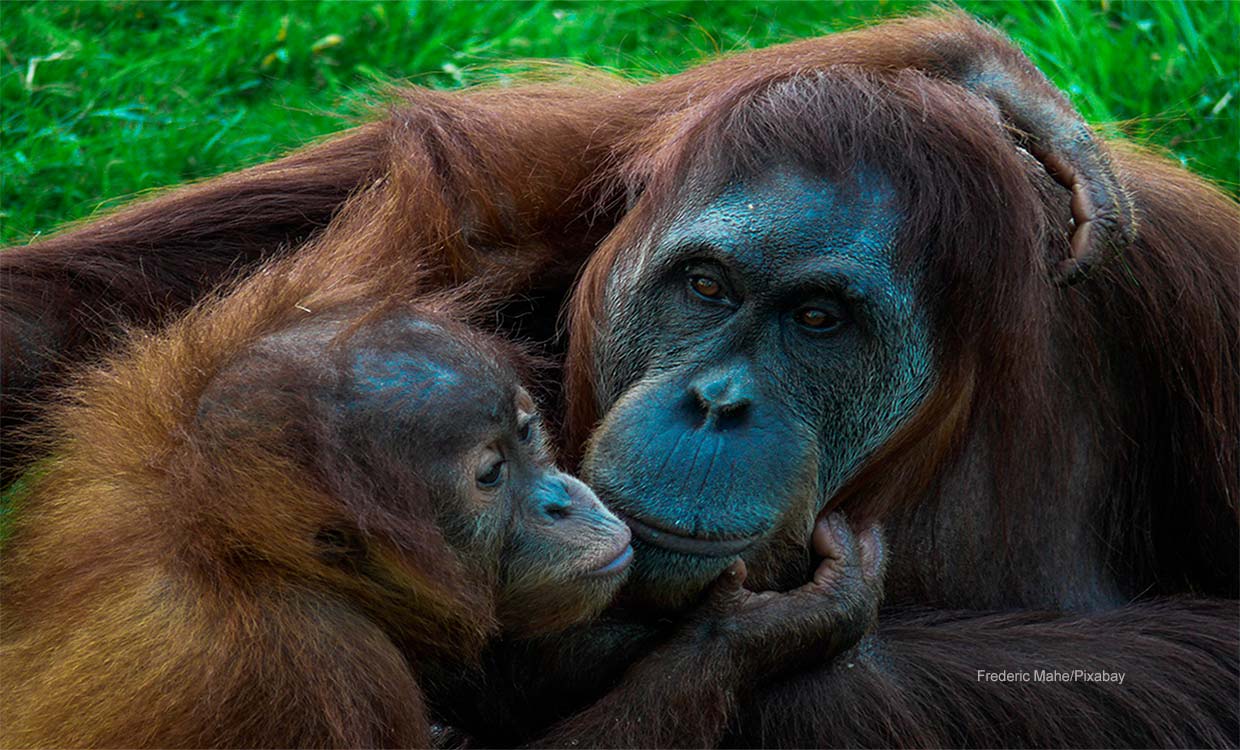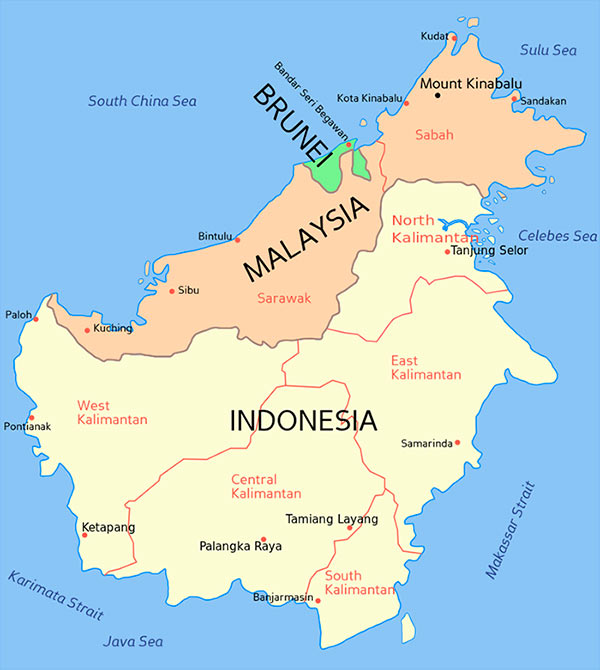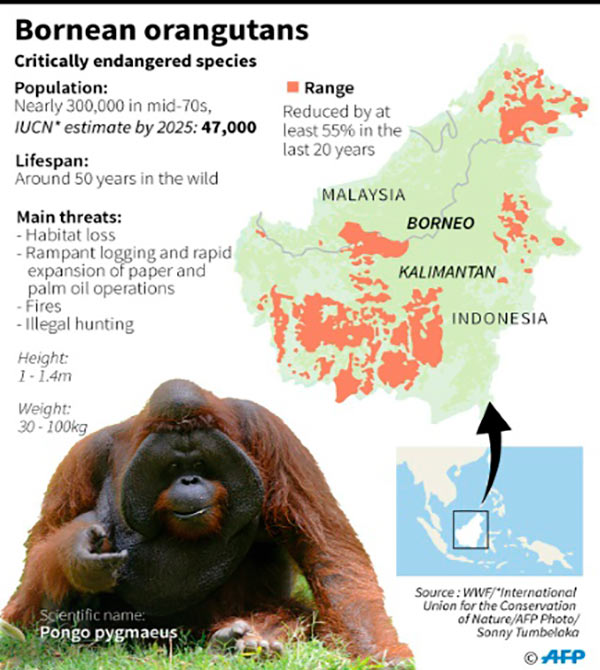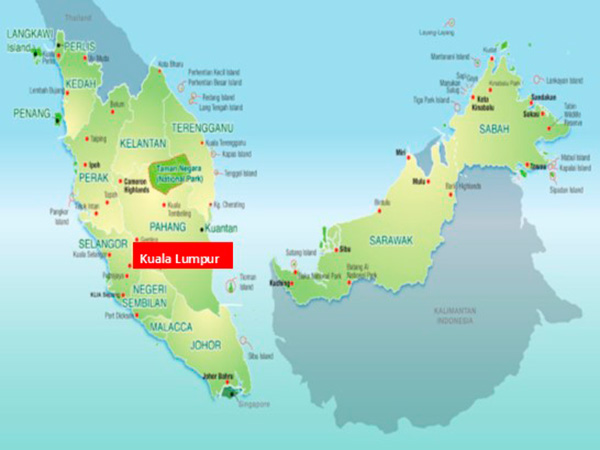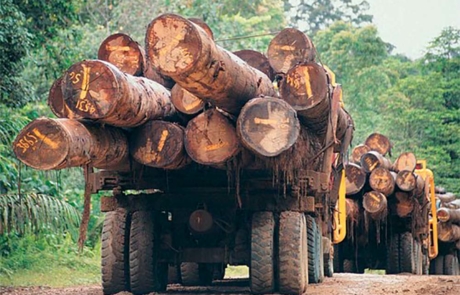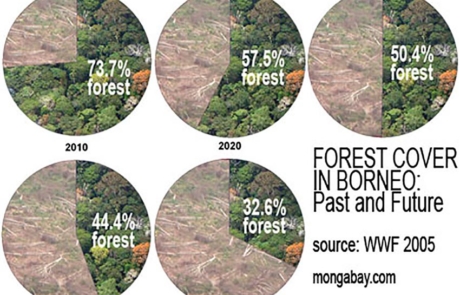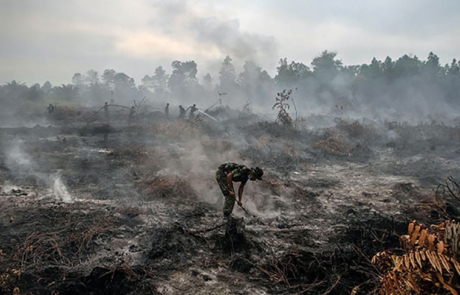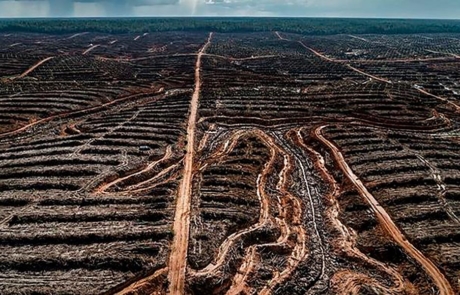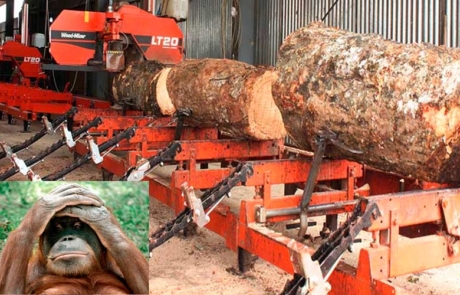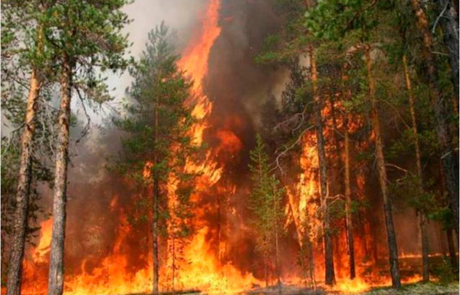FAQs about the Borneo rainforest
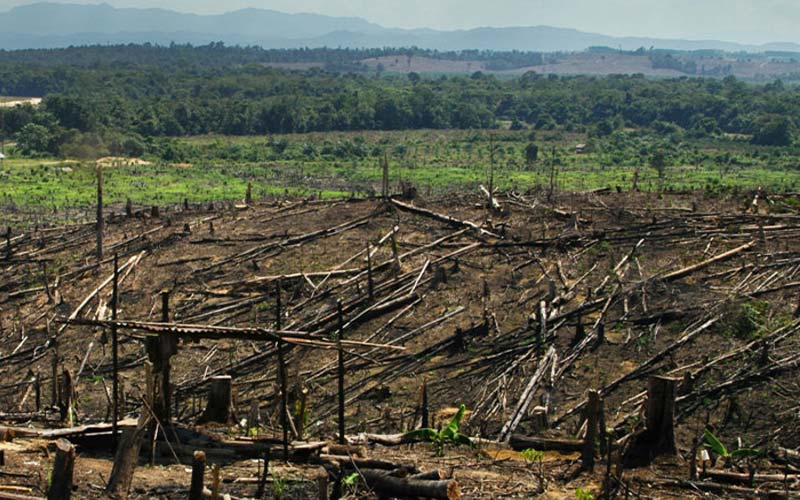
10. What is being done to recover the Borneo rainforest?
FAQs about the Borneo rainforest
1. Where is Borneo?
2. How did the ecological catastrophe occur in the Borneo rainforest?
3. How did Borneo become the world’s largest timber exporter?
4. How was Borneo transformed into the world’s leading exporter of palm oil?
5. Why are there so many forest fires in Borneo?
6. How does deforestation and fires affect Borneo vegetation?
7. How has deforestation and fires affected the Borneo fauna?
8. Is the orangutan in danger of extinction?
9. What dangers does the palm oil contain?
10. What is being done to recover the Borneo rainforest?
We recommend reading these related articles:
Other sections of Borneo rainforest
Article
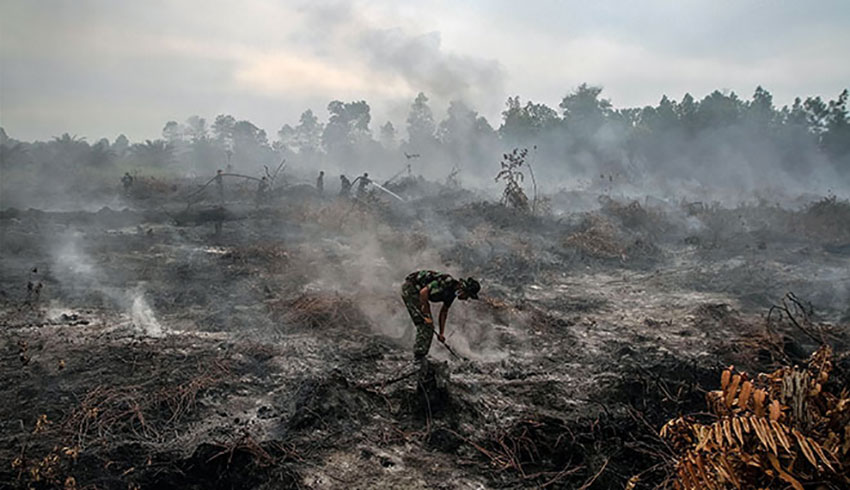
The Homo predator in Borneo
Those of us who belong to the species Homo sapiens owe our name and surname to our two main characteristics: we are human, and we are endowed with the ability to think. When one enters Borneo and focuses on the microscope to learn more about what has happened on the enormous island in the last 50 years, it concludes that those responsible for the greatest environmental catastrophe in the history of the Earth have not they qualify to be sapiens.
Magazine
All about Borneo Rainforest
Borneo, a case to reflect
Borneo is the third largest island on the planet, it is larger than France, it is located about 1600 km south of Vietnam and contains the largest rainforest in Southeast Asia. The wooded area of Borneo, described by some as the Asian Amazon, until recently covered almost the entire island with flora and fauna among the most biodiverse in the world. But in the last three decades of the s. In the 20th century, hostile deforestation took place over the forest, making Borneo the largest exporter of wood in the world, even surpassing the Amazon and Africa combined.

